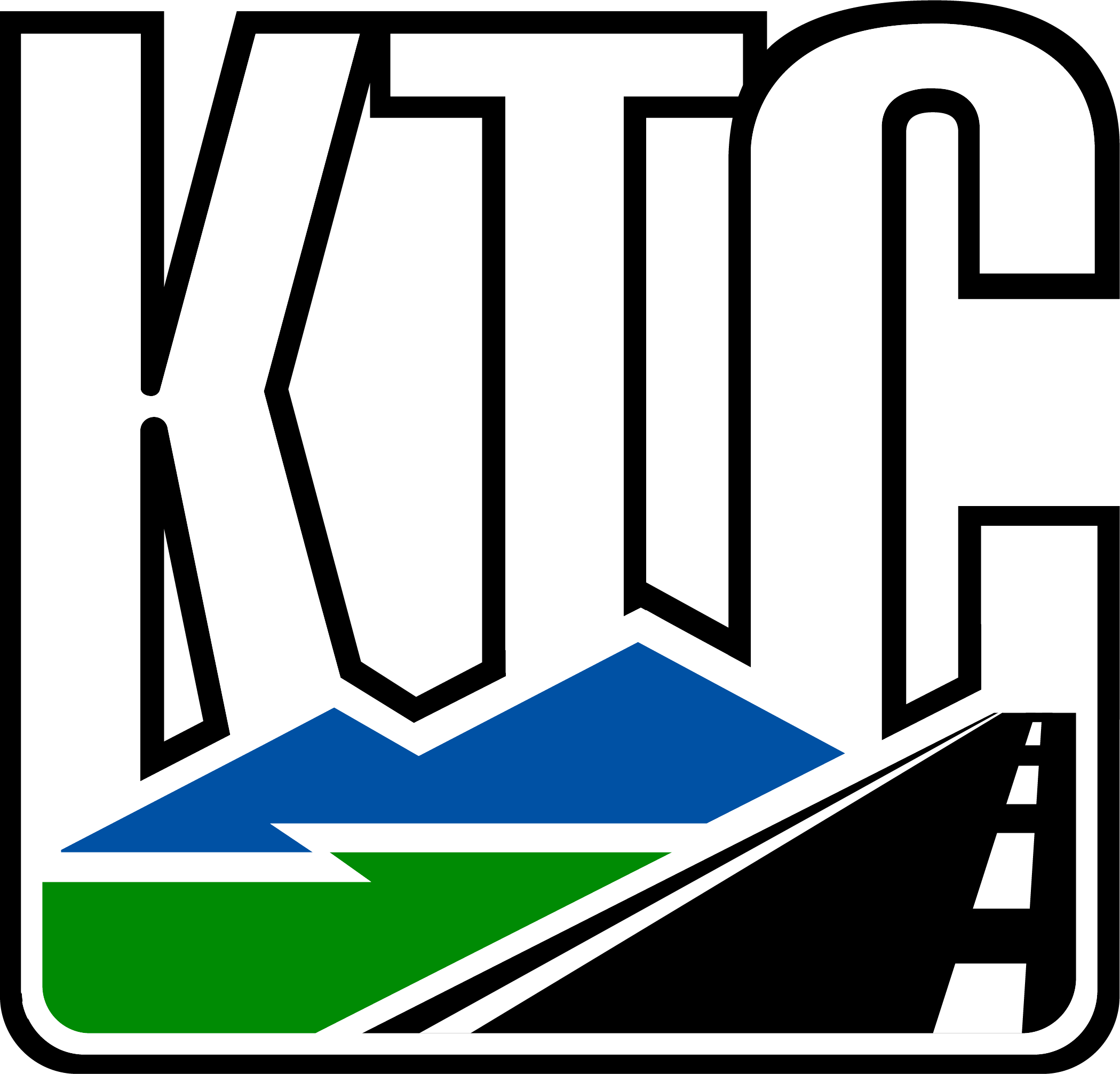Understanding Functional Classification and Context Classification
Introduction
Recognizing that strict adherence to dimensional design criteria does not always translate into roads that perform well and which are adapted to their surrounding context, the 7th Edition of A Policy on Geometric Design of Highways and Streets (Green Book) advances a flexible geometric design framework that leverages context classification and functional classification.
Historically, the federal government and state departments of transportation (DOTs) have tied decision making about road designs to a facility’s functional classification. Functional classification categorizes roads based on their position in a transportation network and the type of service they provide to motor vehicles. Although functional classification shines a light on how vehicles utilize and move through road systems, it does not speak directly to the needs of multimodal users (e.g., pedestrians, micromobility users like bicyclists and people who use scooters). Nor does functional classification characterize a road’s surrounding environment and context beyond categorizing it as urban or rural.
Context classification fills the conceptual gaps inherent to functional classification by using data on development density, land uses, building setbacks, and multimodal users to develop balanced designs responsive to the needs to all transportation modes. The purpose of context classification is to categorize roads based on the surrounding environment and how they fit into the community.
As the Green Book stresses, context classification does not replace functional classification. Under federal law, state DOTs are responsible for developing and maintaining a statewide functional classification in urban and rural areas, although these agencies are assisted by local governments and MPOs. Decisions about Federal-aid program funding eligibility are also contingent on functional classification. Planners and designers should view functional classification and context classification as complementary.
Knowledge of a road’s functional classification and context classification can inform the development of a purpose and need statement and identification of project objectives. Taken alone, this knowledge is not a sufficient basis for road design. Designers need to have deep, firsthand knowledge of the project site and understand where it fits into the broader transportation system before they can think expansively and holistically about design solutions.
The rest of this article reviews the main features of the functional classification and context classification systems. Through visual examples and rules of thumb, readers will build their intuition about the appearance and operations of roads that have different functional and context classifications and learn how this information can inform the design process.
Functional Classification
Functional classification categorizes roads based how they convey traffic through a network, specifically the degree to which they support mobility or access. With few opportunities for entry or exit, mobility-oriented roads minimize travel friction, are highly efficient, and support higher travel speeds. Good examples are interstates and freeways. Conversely, a road that prioritizes accessibility gives motorist many opportunities to access adjacent land uses and roads lower in the functional classification hierarchy. This results in greater travel friction, less efficiency, and lower speeds.
Roads that provide a high degree of mobility are called arterials. They support efficient travel and often have full or partial access control. Conversely, local roads prioritize accessibility. Collectors balance mobility and accessibility. They collect traffic from local roads and funnel it to arterials, or collect traffic from arterials and convey it to local roads.
Table 1 summarizes relationships between functional classification types and facility characteristics. Keep in mind, these are generalizations that hold true in most cases. But some exceptions occur. For example, arterials tend to have a high number of travel lanes in urban areas, however, in rural areas they can have as few as two lanes.
Once category listed in Table 1 that may be unfamiliar is route spacing. Route spacing is the distance between routes of the same functional classification. The distance between arterials is usually greater than the distance between collectors. And in turn the distance between collectors is greater than the distance between local streets. Spacing is generally more consistent in urban areas than in rural areas and is tied to the level and density of development. An often-cited rule of thumb is that in urban cores minor arterial streets should be located between 1/8 and 1/2 mile apart. In suburban hinterlands, spacing of 2 – 3 miles is more appropriate.
| Table 1 Characteristics of Functional Classification Types | |||
|---|---|---|---|
| Arterials | Collectors | Local Roads | |
| Travel Efficiency | • | • | • |
| Speed Limit | • | • | • |
| Route Spacing | • | • | • |
| Access Points | • | • | • |
| AADT and VMT | • | • | • |
| Travel Lanes | • | • | • |
• = High • = Moderate • = Low
| Table 2 FHWA Area Definitions | ||
|---|---|---|
| Area Type | Population Range | Allowed Urban Area Boundary Adjustments |
| Urban Area | ≥ 5,000 | Yes |
| Small Urban Area | 5,000 – 49,999 | Yes |
| Urbanized Area | ≥ 50,000 | Yes |
* Source: FHWA (2023)
Assigning functional classifications lies beyond the purview of designers. From a design perspective, what matters most is the characteristics of different facilities and how baseline knowledge of functional classification can be used to begin thinking about design solutions. Tables 3 – 6 present definitions of different road types and provide visuals of each road environment so designers can get a feel for what these roads look like. Examples are drawn from KYTC functional classification maps, which are kept up-to-date and can be downloaded from the Cabinet’s website, with descriptions of features taken from the Green Book (7th Edition) and the FHWA (2023).
| Table 3 Characteristics of Arterials — Interstates and Expressways | |
|---|---|
| Road Type | Features |
| Interstate | • Emphasize mobility, long-distance travel, have full access control, and connect major urban areas. |
| Other Freeways and Expressways | • Form is similar to interstates. Have directional travel lanes separated by physical barriers to maximize mobility. A small number of entry and exit points (e.g., onramps/offramps, at-grade intersections). |
| Table 4 Characteristics of Major and Minor Arterials | |
|---|---|
| Road Type | Features |
| Urban Principal Arterial | • Provide a high degree of mobility and cater to high traffic volumes and demands for long trips. Serve major activity centers. Connect to major rural corridors to facilitate traffic entering and leaving urban areas. Connect central business districts to outlying residential areas. |
| Rural Principal Arterial | • Support trip lengths and travel densities associated with statewide or interstate travel. Connect most or all urbanized areas. Establish an integrated network of continuous routes with no dead ends (stub connections). |
| Urban Minor Arterial | • Connect to and augment higher-level arterials. Serve moderate-length trips at a lower level of travel mobility. Distribute traffic to smaller areas not served by higher-level arterials. Offer greater access to adjacent land uses than principal arterials but do not provide access to residential areas. Serve as urban connections for rural collectors. |
| Rural Minor Arterial | • Establish interstate and intercounty service by connecting cities, larger towns, and major destinations. Spaced at intervals so that developed areas are within a reasonable distance of an arterial. Service trip lengths and travel densities greater than rural connectors and local loads. Support high travel speeds and relatively frictionless travel. |
| Table 5 Characteristics of Major and Minor Collectors | |
|---|---|
| Road Type | Features |
| Urban Major Collector | • Support access to adjacent land uses and traffic circulation in higher-density residential and commercial/industrial areas. Extend long distances into residential neighborhoods. Distribute trips between local roads and arterials at a distance > 0.75 miles. Higher speeds and more signalized intersections. |
| Rural Major Collector | • Serve county seats, larger towns, and other key traffic generators not served by an arterial and link these areas or more developed areas. Generally, the most critical corridors for intra-county travel. |
| Urban Minor Collector | • Support access to adjacent land uses and traffic circulation in lower-density residential and commercial/industrial areas. Extend shorter distances into residential neighborhoods. Distribute trips between local roads and arterials at a distance < 0.75 miles. Lower speeds and fewer signalized intersections. |
| Rural Minor Collector | • Spaced at intervals commensurate with population density and distribute traffic to and from local roads. Serve smaller communities that lack a connection to a higher-class facility. Connect locally important traffic generators to rural hinterlands. |
| Table 6 Characteristics of Urban and Rural Local Roads | |
|---|---|
| Road Type | Features |
| Urban Local Road | • Provide direct access to adjacent land and access to higher classification systems. Do not carry through traffic. |
| Rural Local Road | • Offer direct access to adjacent land and service over shorter distances than higher classification categories. |
As the introduction mentioned, functional classification is used to determine whether a facility is eligible Federal-aid funding. In general, Federal-aid funding is available for: (1) in urban areas, roads classified as urban minor collectors or higher, and (2) in rural areas, roads classified as rural major collectors or higher.
Context Classification
Functional classification does not explicitly address how a road should fit into the surrounding community or the needs of non-motorized users (e.g., pedestrians, micromobility users). This is where context classification steps in. The goal of context classification is to give designers baseline information about a road’s environmental context, road functions, and user needs. With this knowledge, designers can understand what roles roads play within their communities, their relationship to broader transportation networks, and how the needs of different users should be prioritized.
The context classification system described in the Green Book and NCHRP Report 1022 includes five contexts — rural, rural town, suburban, urban, and urban core. Contexts are defined based on development density, land uses, and building setbacks. Table 7 lists the primary characteristics of each context and provides accompanying visuals, while Table 8 qualitatively compares the man features of contexts to one another.
| Table 7 Road Context Characteristics | |
|---|---|
| Road Type | Features |
| Rural | • Areas with the lowest densities, few houses or structures (widely dispersed or no residential, commercial, and industrial uses), and usually large setbacks. • Common land uses include agriculture, natural resource preservation, and outdoor recreation. |
| Rural Town | • Areas with low density but diverse land uses with commercial main street character, potential for on-street parking and sidewalks and small setbacks. |
| Suburban | • Areas with medium density, mixed land uses within and among structures (including mixed-use town centers, commercial corridors, and residential areas), and varied setbacks. Sidewalks are often present. Most parking is off street. |
| Urban | • Areas with high density, mixed land uses and prominent destinations, potential for some on-street parking and sidewalks, and mixed setbacks. |
| Urban Core | • Areas with the highest densities, mixed land uses within and among predominately high-rise structures, and small setbacks. Sidewalks are abundant. |
| Table 8 Comparison of Context Classifications | |||||
|---|---|---|---|---|---|
| Rural | Rural Town | Suburban | Urban | Urban Core | |
| Development Density | • | • | • | • | • |
| Speed Expectations | • | • | • | • | • |
| Multimodal User Presence | • | • | • | • | • |
| Transit Presence | • | • | • | • | • |
• = High • = Moderate • = Low
A concept associated with context is transportation expectations. Transportation expectations capture how users expect to move based on an area’s land use and development patterns (i.e., the context). The Green Book (7th Edition) does not address transportation expectations. However, understanding transportation expectations for each context is critical for:
- Determining the anticipated range of users/vehicles
- Evaluating how easily users can move along and across roads and determining the anticipated quality of service for each transportation mode
- Assessing permeability — this entails investigating the connections between adjacent land uses and different transportation modes
- Evaluating alternative routings for each transportation mode and identifying strategies to optimize the movement and distribution of users
- Setting target vehicle speeds in a manner that considers user needs as well as the interactions between user groups
Paying close attention to context and transportation expectations from the beginning of project development lets designers define fundamental project elements, verify that project scopes sufficiently addresses issues mentioned in the purpose and need statement or project objectives, and confirm that all user needs are addressed.
Putting Functional Classification and Context Classification Together in Design
At a project’s outset, the project development team and designers should use knowledge about the project’s functional and context classifications to build a design framework. The first step in this process is identifying where the project falls within the matrix presented in Table 9. It shows the 19 most frequently observed combinations of functional and context classifications — although freeways can potentially occur in a rural town context, this is very uncommon.
| Table 9 Potential Combinations of Functional and Context Classifications | |||||
|---|---|---|---|---|---|
| Functional Class | Context Class | ||||
| Rural | Rural Town | Suburban | Urban | Urban Core | |
| Local Roads | |||||
| Collectors | |||||
| Arterials | |||||
| Freeways | |||||
Source: Green Book (7th Edition)
Once the current functional and context classifications are identified, the project team and designers need to look at whether future development has the potential to alter the context and determine whether this should influence the design. At this point the designer can begin establishing design criteria that align with the facility type. In addition to the Green Book and the Highway Design Guidance Manual, several resources can guide this process:
- The FHWA (2023) report on function classification has tables (Table 3-5 and Table 3-6) that list baseline geometric characteristics for roads of different functional classifications.
- Table 10 summarizes transportation expectations associated with each context. Used in combination with information about context characteristics and demand volumes for each transportation mode, designers can pinpoint potential design solutions that strike an appropriate balance among user needs.
- The Human Factors Guidelines Database lets users search for design guidelines that address issues related to human factors based on functional classification, context classification, project type, and keyword. Designers can use this resource to identify design strategies tailored to the user mix and critical safety issues.
- The FHWA’s Proven Safety Countermeasures Filter Tool and Keyword Search lets users search for and identify safety countermeasures based on several criteria. Countermeasures are grouped into five categories — Speed Management, Pedestrian/Bicyclist, Roadway Departure, Intersections, and Crosscutting.
Design is an iterative process. While the resources listed above provide a good foundation to work through design issues conceptually, firsthand knowledge of the project site acquired through onsite visits is absolutely critical for the designer to identify the appropriate blend of design strategies and countermeasures for achieving the project objectives. Designers need to leverage their conceptual and theoretical knowledge of design and their observations of the project site to progressively refine the project design. No single design type or solution applies to an entire functional or context classification, so it is important for designers to always remember that conceptual knowledge is just a starting point.
For example, two roads undergoing reconstruction may have the same functional and context classifications, leading designers to propose similar design concepts early in project development. Becoming wedded to these solutions — largely grounded in conceptual knowledge — is a mistake, however. It is quite possible that local contingencies which can only be detected through firsthand observation could ultimately require divergent design solutions.
Leveraging knowledge of functional and context classification from the earliest stages of project development and design helps designers be proactive in how they deal with safety and fosters application of the Safe System Approach. Being aware of a road’s functional and context classification helps designers anticipate what types of user errors are most likely to occur — based on the historical performance of similar facilities — as well as the most common crash types. With this knowledge in hand, designers are better prepared to look at project sites and figure out effective and flexible design strategies for building multiple layers of protection into a facility so that safety and efficiency are balanced for all users.
Additional Resources
FHWA (2023) — Highway Functional Classification Concepts, Criteria and Procedures 2023 Edition
- This publication offers a comprehensive overview of functional classification, including a discussion of road types, methods for performing functional classification, and implications for design.
NCHRP Report 1022 — Context Classification Application: A Guide
- The most up-to-date report on context classification offer a deep dive into each of the five context, discusses the scalability of context classification (i.e., applications from the project level through the network level), and offers several examples of how context classification can be applied by agencies.
CONTACT:
Chris VanDyke
Research Scientist | Program Manager
chrisvandyke@uky.edu


